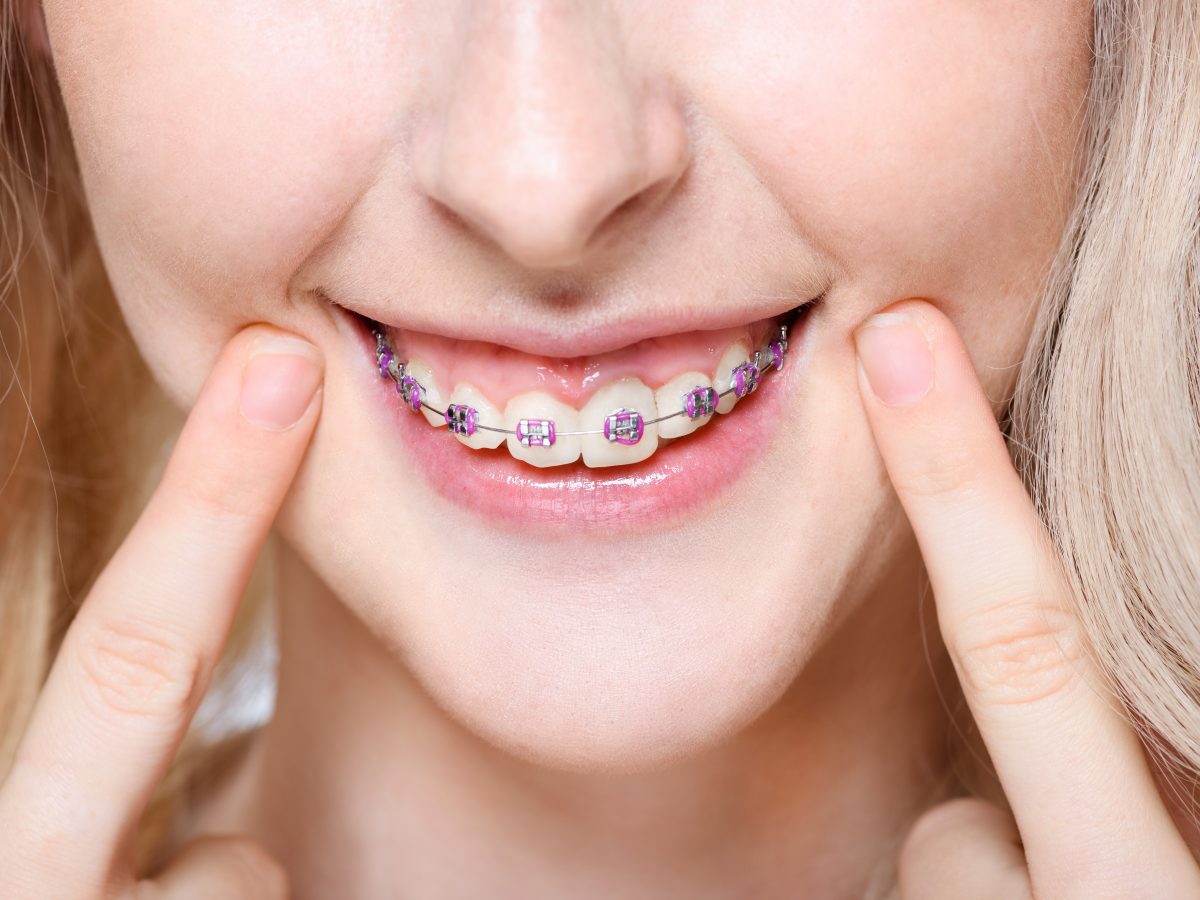Comprehensive Overview to Orthodontics Treatments for Correcting Oral Misalignments
In the realm of orthodontics, the journey to accomplishing a completely straightened smile entails a myriad of procedures tailored to deal with oral misalignments. From standard braces to unseen aligners and even surgical choices, the field of orthodontics provides a series of remedies to address differing levels of oral irregularities. Understanding the complexities of each procedure, including their systems, benefits, and potential downsides, is critical in making educated decisions about one's orthodontic treatment. As we navigate via the extensive guide to orthodontic procedures for fixing oral imbalances, the elaborate information of each method will certainly unfold, losing light on the course toward a functional and harmonious oral alignment.
Orthodontic Procedures Overview

Routine adjustments and monitoring are vital parts of orthodontic treatment to make sure development is on track and to make any type of essential alterations along the method. By undergoing orthodontic procedures, patients can not only achieve a straighter smile but also boost their total dental health and feature.
Traditional Braces: Just How They Function
When thinking about orthodontic treatments for oral misalignments, conventional braces stand out as a reliable approach for dealing with teeth positioning. Standard braces consist of braces, cords, and bands that work with each other to apply continual stress on the teeth, progressively moving them right into the preferred positioning.
As stress is used to the teeth with the braces, the bone bordering the teeth is improved to support the brand-new tooth placements. People will require regular changes at the orthodontist's office to make sure the dental braces continue to apply the appropriate pressure for effective teeth movement.
Undetectable Aligners: Pros and Disadvantages
Undetectable aligners supply a convenient and discreet alternative to typical braces for fixing dental misalignments. These clear, personalized trays are virtually unseen when worn, making them an attractive choice for individuals looking for a much more visually pleasing orthodontic therapy. Among the primary benefits of unseen aligners is their removability, enabling for much easier maintenance of dental hygiene contrasted to conventional dental braces. Patients can remove the aligners before consuming or cleaning their teeth, lowering the risk of food getting embeded the appliance and simplifying the cleansing process.

Surgical Orthodontic Options
Surgical interventions in view website orthodontics existing feasible options for dealing with intricate dental misalignments that may not be properly settled with conventional orthodontic treatments. While unseen aligners and standard dental braces can deal with many orthodontic problems, certain instances need medical treatment to achieve ideal results. Surgical orthodontic alternatives are commonly suggested for severe malocclusions, considerable jaw discrepancies, and situations where the underlying bone structure needs adjustment to attain appropriate alignment.
One usual surgical orthodontic procedure is orthognathic surgery, which entails repositioning the jaws to remedy useful problems such as difficulty talking or eating. This surgical treatment is often done in cooperation with an orthodontist who helps align the teeth prior to and after the procedure. Surgical orthodontics may additionally include treatments dental care for children to reveal influenced teeth, get rid of excess periodontal cells, or improve the jawbone to develop an extra harmonious facial account.
Before considering medical orthodontic choices, people undergo a comprehensive evaluation to determine the necessity and possible advantages of such treatments. cumming aligners. While surgical procedure might seem daunting, it can substantially improve both the function and aesthetics of the smile in instances where traditional orthodontic therapies fall short
Retainers and Post-Treatment Care

Failing to abide with post-treatment treatment directions can result in relapse, where the teeth progressively relocate back towards their original settings. Regular retainer wear, good oral health, and routine dental exams are necessary for maintaining the results accomplished via orthodontic surgical procedure and ensuring the lasting stability of the dealt with dental alignment.
Verdict
In conclusion, orthodontic procedures supply numerous alternatives for dealing with dental imbalances. Standard dental braces utilize steel brackets and cords to move teeth into correct placement. Invisible aligners supply an even more very discreet choice yet might not appropriate for all cases. Surgical orthodontic choices are offered for much more serious misalignments. Retainers are frequently used post-treatment to maintain the brand-new placement. Generally, orthodontic procedures can successfully enhance oral wellness and aesthetic look.
As we navigate through the thorough overview to orthodontic treatments for correcting dental misalignments, the elaborate details of each technique will unravel, shedding light on the path toward a unified and practical dental alignment. - invisalign
One of the most typical orthodontic treatments is the usage of braces, which consist of steel braces and cords that apply gentle pressure to progressively change teeth right into the preferred position.When thinking about orthodontic treatments for oral misalignments, standard dental braces stand out as a time-tested method for dealing with teeth placing. Additionally, unnoticeable aligners might not be suitable for complex orthodontic problems that need more considerable teeth activity, as they are generally suggested for mild to moderate situations. Retainers are personalized orthodontic devices made to hold teeth in their fixed settings after the conclusion of orthodontic treatment.